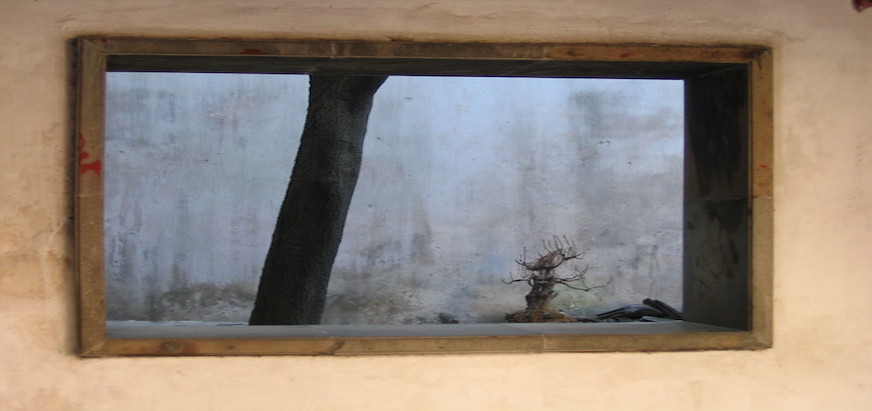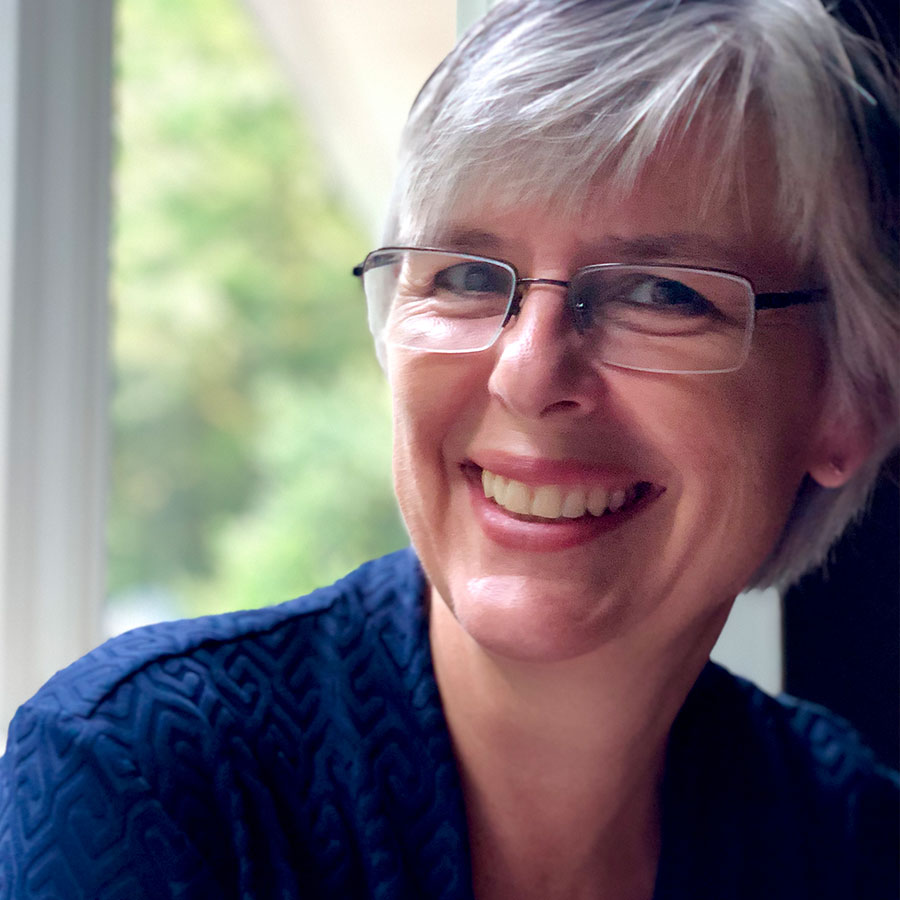We crave space to cultivate our spiritual well-being. In the busy-ness of our lives, however, it can be difficult to find the physical and mental and emotional space to settle into a practice. Might the space, however, be right in the place where we are standing?

Perhaps we find our strongest connection to the divine through nature.
But the rain is falling sideways, and the wind is just too gusty for a long walk.
Or the practice of yoga and the cherished moments of shavasana.
But there are four people going in different directions in the house, all needing different things.
Or reading scripture or poetry or creating lyrics for a new song.
But the words evoke the loss we have experienced. And tears and grief supplant the moment we had set aside for our daily spiritual practice. The practice that was meant to bring grounding to your day.
Finding physical and mental space for a contemplative practice is a challenge. In that challenge, however, lies an understanding of where God is in our lives.
God is in the gap.
God Is in the Gap
Eckhart Tolle’s books are read by many who are longing for spiritual stability. Some have attended weekly services in their faith tradition for the majority of their lives. And they still feel a lack of belonging or understanding or connection. But they know that at the heart of their being is something deeply rooted in the desire to know and be known by the divine. In his book A New Earth: Awakening Your Life’s Purpose, Tolle reaches out to those who are seeking. “Discover inner space by creating gaps in the stream of thinking.” Tolle leads us through the discovery of stillness. “Stillness is the language God speaks.” And assures us that we can find it first simply in the gap between thoughts. Between breaths. What a comfort to think that when we cannot see space, it is there simply in that gap between thoughts. Time and location become irrelevant.
Finding Something in Nothing
Tao Te Ching – Lao Tzu – chapter 11
Thirty spokes share the wheel’s hub;
It is the center hole that makes it useful.
Shape clay into a vessel;
It is the space within that makes it useful.
Cut doors and windows for a room;
It is the holes which make it useful.
Therefore profit comes from what is there;
Usefulness from what is not there.
(translation by Gia-fu Feng and Jane English)
Dawn Weisbord, eastern medicine practitioner, was leading a session of QiGong at an Alignment retreat. The theme of the retreat was Creating Space. She guided participants to connect their life energy, qi (chi), with the energy of the earth. And reminded us that it is in the space that we create, that we find our deepest connection. Quoting chapter 11 of the Tao Te Ching, she allowed us to feel, quite literally feel, the energy in the spaces. The spaces between our arms and bodies as we moved the qi and brought it around our heads in a rainbow of light. It is the space in the window, in the clay vessel, between the spokes of the wheel that makes it useful. The space we seek might already be in every breath we take.

God as a Verb in the Space Between
In the quest to define God as something other than Zeus, or anthropomorphic in any way, we often turn to abstract nouns. A power. A force. Love. Spirit. Energy. Source. I challenged a group of young people to think beyond even these abstract nouns in their attempts to define the divine. They decided that maybe God is a verb. God is in helping others. In reaching out your hand to someone fallen. In hurting with someone who hurts. And then the mystery dawned on them. Perhaps God isn’t the verbs, but God is in that space between two people where the verb is happening. The space between giving and receiving. The infinitesimal gap where connection is forming. It was the space between breaths. The gap between thoughts. The open space in the window, the vessel, the wheel.
So perhaps in our quest to find space, in body, mind, and spirit, for our contemplative practices, we need only look for the gap. Between the raindrops and gusts of wind. In the sigh between the tears. In the pause after exhale – when we know that our lungs will fill again. God is in the gaps. In every living and breathing moment, not just when we settle into deep meditation or pre-ordained practice. May we simply mind the gap.













